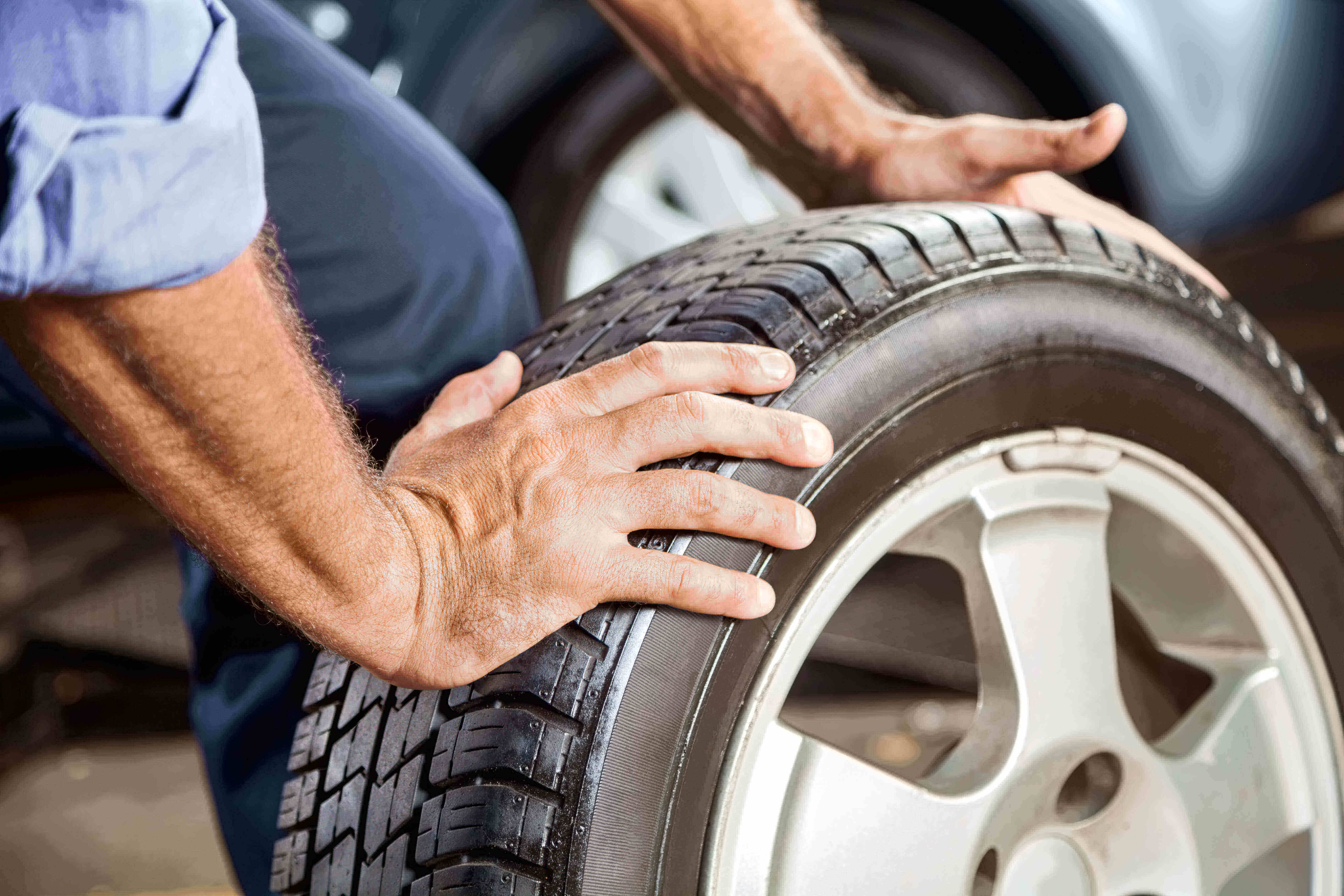How to Read a Message from Car Tires
The car speed, security and comfort mostly depends on its tires. So, it is very important that you know how to read your car tires. Everything that you need to know about it is on the sidewall of the tire. The more you know about it, the better you can deal with critical situations.
This is how you can read your tire sidewall and gather important information from it –
- Service description: The first thing you can gather from the sidewall is the kind of service the car provides. If it is a passenger car, then there will be a ‘P’. ‘ST’ is written for a special trailer and if it is a temporary service, then it will be labeled as ‘T’. There is another kind of tire called ‘Euro-metric’ which does not have any letter at the beginning of tire description.
- Width of the tire: From the first number in the series, you will know the section width of the tire. Section width refers to the distance between opposite edges of the sidewall. This number is measured in millimeters.
- Aspect ratio: The next number of the series refers to the aspect ratio of the tire, which means the section height compared to the section width. Aspect ratio indicates the purpose of a tire. Lower number means a short sidewall that has better overall handling and improved steering response.
- Internal construction: The next alphabet ‘R’ indicates the radial construction of the tire. Before radial tires, bias-ply tires were used that were indicated by ‘B’. It did not have a stable construction and could not provide good handling. Some truck applications still use bias-ply tires, but standard passenger car generally uses radial tires.
- Rim diameter: To know the size of the tire, you have to look for the rim diameter or the wheel diameter. If you want to upgrade your wheel size, then you need to pay close attention to its diameter. When your wheel diameter changes, you will also have to get new tires matching the new wheel diameter.
- Load index: The next set of numbers indicates the load bearing capacity of each tire. It is one of the most important information that you must notice before buying a tire for your car. However, to understand how much weight your tire can carry, you have to go through the load-carrying capacity per tire chart. Once you get the measurement of one tire, you can multiply it by four to get the total load-bearing capacity of your car. If you see a tire labeled as ‘XL’, it means that it is an extra-load tire. The capacity of these tires is higher than others, that is why you must purchase another XL tire to replace one.
- Speed rating: The last alphabet is the speed rating, which means, the safe speed limit for the tire in extended periods. Each alphabet indicates a certain speed limit. If the car goes over it, then it may explode after a time. Various tire speed rating indicated by the letters are as followed: S for 112mph, T for 118mph, U for 124mph, H for 130mph, V for 149mph and so on.
So, if you see a tire with the description P215/65R15 95H, you can gather the following information from it:
- The tire is for a passenger car, as ‘P’ indicates the passenger car tires.
- The tire’s section width is 215 millimeters.
- The section height of the tire is 65 percent of the section width.
- The internal construction of the tire is radial construction.
- The rim diameter of the tire is 15 inches.
- If the load index is 95, then it refers to the maximum weight of 1521 pounds can be taken by the tire.
- H means that the tire can run up to 130mph safely in extended periods.
Apart from these, the additional pieces of information you can gather from the sidewall of your tires are:
- DOT code: The DOT code that is used by the Department helps people in tracking tire production. If the tire is defective, then the buyer is notified about the problem. The four-digit number followed by the DOT code refers to the year in which the tire is manufactured.
- Treadwear Rating: The treadwear rating lets us know how much durability the tire has. This number is determined after the tire is tested again according to the standards set by the industry.
- Maximum Air Pressure: From this number, you get to know how much pressure you can put inside a tire before it gets damaged from excessive pressure.
Traction rating and temperature rating of the tire can also be derived by reading it. If you can read your tire well, then you will be able to purchase the right tire for any car.

